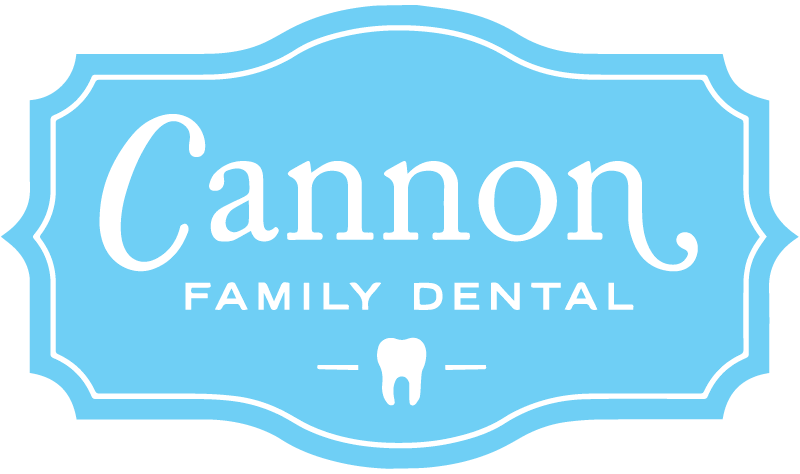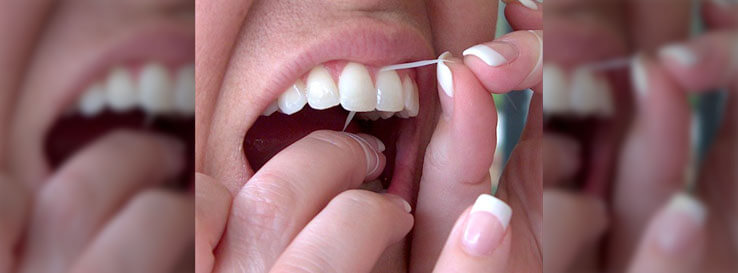I have a great job–I get to meet lots of people. They come from all walks of life: age, gender, ethnicity, language, employment, disabilities and other differences make meeting people exciting and enjoyable.
Regardless of their differences, most people have suffered or currently suffer from dental decay, or cavities. I am certain that 100% of people with cavities wish that they did not have any and could successfully prevent additional disease in the future. In this article I will write about the role that bacteria play in cavity formation, and preventive measures that nearly everyone can take.
Cavities
Cavities are caused by bacteria called Streptococcus Mutans (S. Mutans) and Lactobacillus. The tooth decay process occurs as we eat food, much of which consists of carbohydrates, or sugars (http://www.carbs-information.com/carbs-in-food.htm, http://www.webmd.com/food-recipes/features/carbohydrates, http://www.webmd.com/oral-health/tc/tooth-decay-topic-overview). Nutritionists, doctors, exercise enthusiasts, and others speak of good carbohydrates and bad carbohydrates for general health. For oral health we also speak of good carbs and bad carbs. Bad carbs have a higher content of refined sugars like sucrose, such as refined white breads, chips, crackers, candy, chocolates, pastries, soft drinks, to name a few. Good carbs generally come from natural, less refined, less processed foods like vegetables, beans, whole grain breads and cereals, and fruits. But nearly all food has carbohydrates and can thus contribute to tooth decay, or cavity formation.
A film of food, bacteria, and other components (http://www.dent.ucla.edu/pic/members/microbio/mdphome.html) form on teeth and appear as a creamy, soft, white film called plaque. The bacteria in plaque and throughout the mouth will convert sugars to lactic acid. As acid levels increase, the mineral content of teeth is lost through a process called demineralization (http://www.toothiq.com/dental-information/page.aspx?id=374964fc-f0e6-4392-ac15-49eaef4d01cd). As teeth are demineralized, holes called cavities appear in the teeth. If untreated, these cavities will become larger and eventually lead to pain, infection, and loss of teeth.
Symptoms
You may be surprised to hear your dentist report that you have one or more cavities when you have had no symptoms. Often when a cavity is small you will not experience any symptoms, but their presence can be detected with direct examination or when viewing x-rays or using other technology such as diagnostic lasers.
As a cavity grows in size and depth, symptoms will generally appear. When symptoms are mild you may experience increased sensitivity to cold temperatures and sweets (http://www.oralanswers.com/2010/04/pulpitis-whats-the-difference-between-reversible-pulpitis-and-irreversible-pulpitis/). As cavities grow you may begin experiencing throbbing, pain on biting, and more intense cold pain.
Prevention & Treatment
Healthy Diet: The best prevention includes maintaining a good healthy diet of good carbohydrates and minimizing the bad carbohydrates discussed earlier.
Oral Hygiene: Maintaining good oral hygiene (cleaning teeth and other tissues of the mouth) is critical for preventing cavities as nearly all foods contribute to tooth decay. Brushing teeth after each meal, flossing daily, using a mouth rinse to help eliminate cavities, and using an irrigation tool like a Waterpik are very effective ways to generally control plaque, bacteria and acid levels in the mouth, and thus control the formation of cavities.
Minerals: Another way to prevent cavities is to bathe them in healthy minerals such as Calcium, Phosphorus, and Fluoride. As we consume and digest foods and water containing these minerals, they will appear in our saliva and bathe our teeth. We can also apply Fluoride to the teeth by using fluoridated toothpaste, mouth rinses, gels, and professional varnishes.
Minerals help control the formation of cavities by contributing to a process called remineralization. As mentioned earlier, demineralization is the loss of minerals and formation of cavities. Remineralization occurs when minerals are absorbed back into the teeth and “healing” the young cavity. This “healing” can occur when cavities are relatively small (http://www.oralanswers.com/2010/04/pulpitis-whats-the-difference-between-reversible-pulpitis-and-irreversible-pulpitis/).
Treatment: When a cavity becomes too large to remineralize, then removal of the decayed, soft tooth structure is required. After the decay is removed the cavity is filled by using appropriate materials. I will discuss material options in a future article.
Summary
Nearly everyone experiences tooth decay and cavity formation. This dental disease is a result of bacteria converting sugars into acid, which cause minerals to be lost from teeth. We can minimize the risk and control cavity formation by controlling bacteria levels and plaque formation in our mouth. Maintaining a healthy diet of good carbohydrates, avoiding bad carbohydrates, and following recommended oral hygiene practices will allow us to have a fun and exciting trip to the dentist where you hear “No cavities”!

